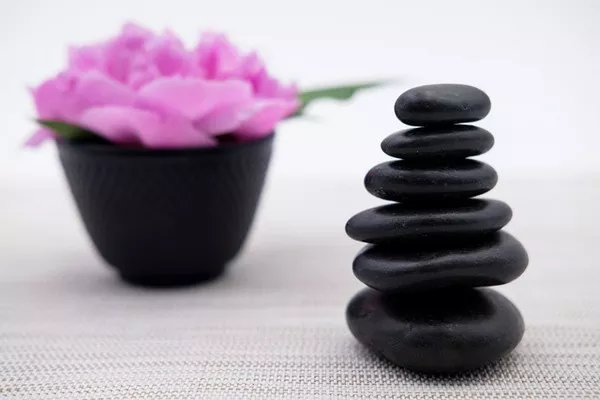Dried flowers are a popular choice for home decor, wedding arrangements, and crafting due to their longevity and aesthetic appeal. However, one concern that often arises with dried flowers is the potential for mold growth. Mold can not only compromise the visual appeal of dried flowers but also pose health risks. In this article, we will explore the factors that contribute to mold growth in dried flowers and provide tips on how to prevent it.
Understanding Mold:
Mold is a type of fungus that thrives in damp and humid conditions. It reproduces through spores, which are invisible to the naked eye and can be present in the air, soil, and even on the surface of flowers. When conditions are favorable, mold spores can settle on the dried flowers and start to grow, leading to the development of visible mold colonies.
Factors Contributing to Mold Growth in Dried Flowers:
Moisture Content:
One of the primary factors influencing mold growth in dried flowers is the moisture content. Even though the flowers are dried, they may still retain some level of moisture. This residual moisture provides an environment conducive to mold development. Flowers with higher moisture content are more susceptible to mold, especially if they were not properly dried or stored.
Storage Conditions:
The way dried flowers are stored plays a crucial role in preventing mold growth. Storing them in a cool, dry place with good ventilation helps minimize the chances of mold development. Avoid placing dried flowers in areas prone to high humidity, such as bathrooms or damp basements. Additionally, using airtight containers can trap moisture, creating an environment ideal for mold growth.
Quality of Drying Process:
The method used to dry flowers significantly impacts their susceptibility to mold. Flowers that are not thoroughly dried or subjected to improper drying techniques may retain moisture, making them more prone to mold growth. Proper drying methods, such as air-drying or using desiccants, help remove moisture effectively and reduce the risk of mold.
Type of Flowers:
Different types of flowers have varying moisture content and susceptibility to mold. Some flowers naturally contain more moisture than others, making them more prone to mold growth. Flowers with thicker petals or dense structures may retain moisture, creating conditions favorable for mold development. Understanding the moisture content of specific flowers can aid in choosing varieties less susceptible to mold.
Preventing Mold Growth in Dried Flowers:
Thorough Drying:
To minimize the risk of mold, it is essential to ensure that flowers are thoroughly dried during the preservation process. Proper drying methods, such as air-drying in a well-ventilated area or using desiccants like silica gel, help remove moisture effectively. Follow recommended drying times for different flower varieties to achieve optimal results.
Storage in Ideal Conditions:
Choosing the right storage conditions is crucial for preventing mold growth in dried flowers. Store them in a cool, dry place away from direct sunlight. Avoid areas with high humidity and fluctuations in temperature, as these conditions can contribute to mold development. Consider using breathable containers or wrapping the dried flowers in paper to allow air circulation.
Regular Inspection:
Periodically inspect dried flowers for any signs of mold. If you notice mold colonies forming, take immediate action to address the issue. Remove affected flowers and consider adjusting the storage conditions to discourage further mold growth. Regular inspection helps catch potential mold problems early on, preventing extensive damage.
Use of Mold Inhibitors:
Some commercially available products are designed to inhibit mold growth on dried flowers. These mold inhibitors can be applied during the drying process or sprayed onto dried flowers as a protective measure. However, it’s essential to follow product instructions carefully to ensure effective and safe application.
See Also the Top-Selling Holidays for Flowers(Revealed!)
Conclusion:
While dried flowers offer a charming and enduring alternative to fresh blooms, understanding the factors contributing to mold growth is crucial for preserving their beauty. Proper drying techniques, thoughtful storage, and proactive measures can significantly reduce the risk of mold development. By taking these precautions, enthusiasts and florists alike can enjoy the long-lasting beauty of dried flowers without the unwelcome presence of mold.


